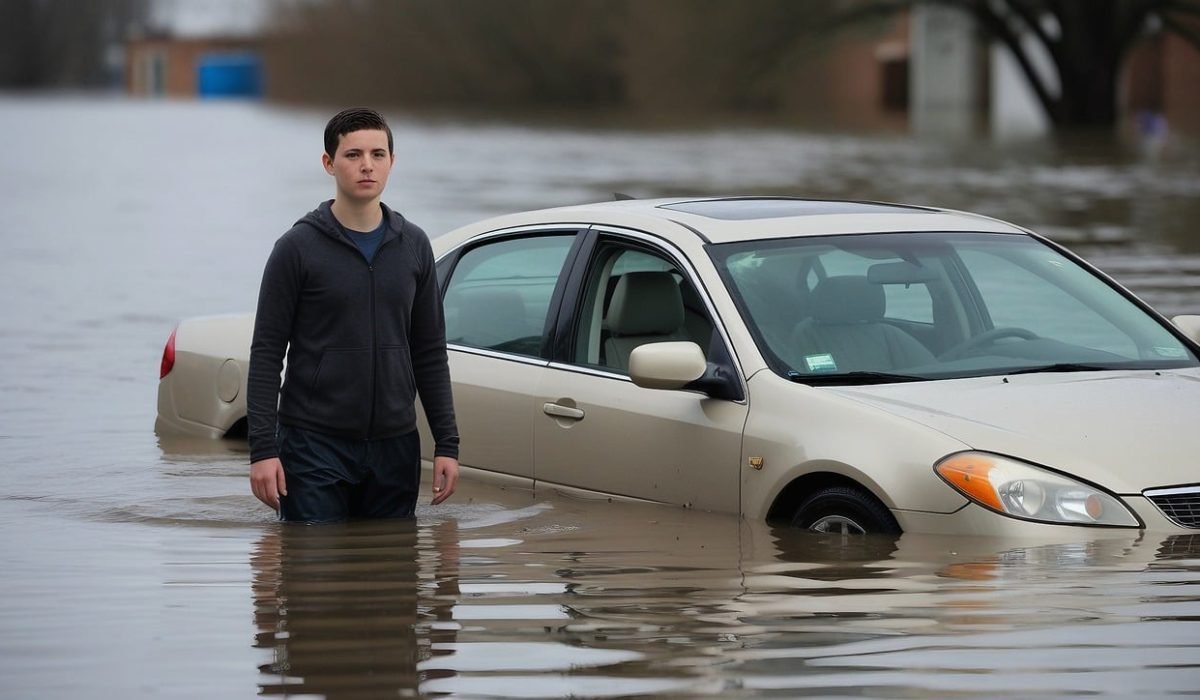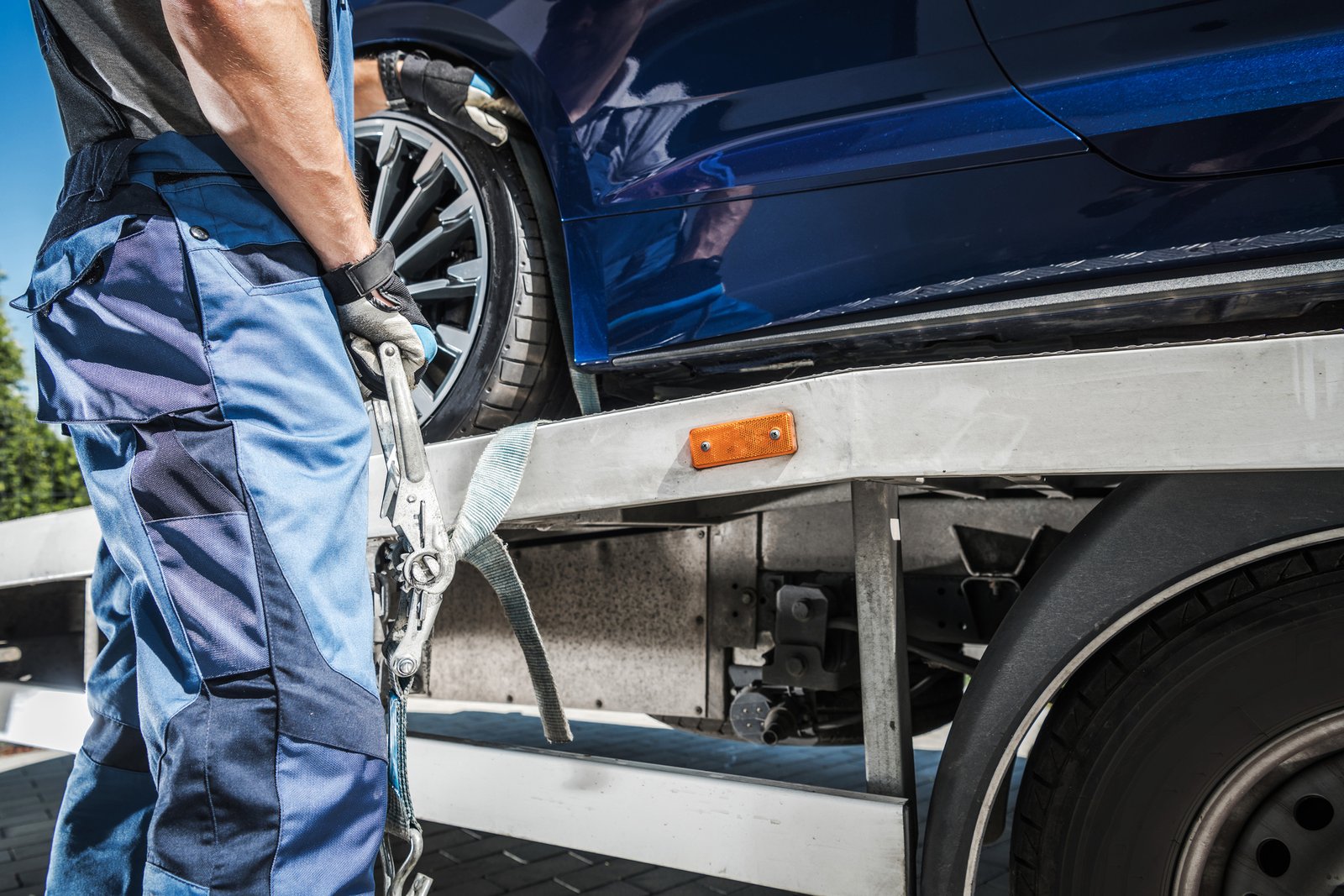In the aftermath of natural disasters, our focus typically centers on immediate necessities: ensuring public health, securing food and fuel supplies, and rebuilding homes and businesses. These are the stories that dominate news headlines. However, there’s a critical issue that often escapes public attention: the vast number of abandoned vehicles left in the wake of these catastrophes.
When disasters strike, countless vehicles are abandoned—not just personal cars, but also large trucks and heavy machinery. This creates a multitude of unforeseen risks and challenges.
Health Risks
Abandoned vehicles pose several health hazards:
- Water Contamination: Floodwaters can carry pathogens, chemicals, and pollutants from submerged vehicles into the surrounding environment, potentially contaminating drinking water sources.
- Mold Growth: Flooded vehicles can become breeding grounds for mold and mildew, which can spread to nearby areas and pose respiratory health risks.
- Vector-borne Diseases: Standing water from floods can create ideal breeding conditions for mosquitoes, increasing the risk of diseases like West Nile virus and Zika virus.
- Hazardous Materials: Vehicles contain various fluids (oil, gasoline, antifreeze) that can leak into floodwaters, posing toxic risks to humans and wildlife.
- Injuries: Attempting to access or recover submerged vehicles can lead to accidents, particularly in strong currents or unstable conditions. Injuries also occur when normal people try to evacuate flooded areas after the storm.
Environmental Dangers
The environmental impact of abandoned vehicles is significant:
- Soil Contamination: Hazardous substances leaking from vehicles can infiltrate the soil, harming local ecosystems and potentially entering the food chain.
- Aquatic Life Impact: Pollutants from vehicles can degrade water quality, affecting aquatic habitats and the health of marine life.
- Ecosystem Disruption: The introduction of harmful chemicals into floodwaters can disrupt local ecosystems, affecting biodiversity and habitat health.
- Debris and Pollution: Abandoned vehicles contribute to urban runoff and debris in waterways, leading to further pollution and habitat destruction.
- Long-term Environmental Degradation: The cumulative effects of multiple vehicles left in floodwaters can result in prolonged contamination of both land and water resources.
The Economic Impact
The financial burden of cleaning up abandoned vehicles is substantial.
- After Hurricane Katrina in 2005, FEMA awarded a $33 million contract to an Alabama-based towing company just for vehicle recovery and cleanup.
- Hurricane Harvey in 2017 was dubbed the event that “Destroyed More Vehicles Than Any Single Event in America,” with up to a million cars totaled. By mid-December of that year, State Farm alone had settled 38,300 auto claims worth approximately $400 million.
- The recent Hurricane Helene is estimated to cause over $35 billion in damages, with the auto-related portion yet to be determined.
The Critical Role of Towing and Recovery
As we face the growing challenge of abandoned vehicles in post-disaster scenarios, the towing and recovery industry stands at the forefront of solution-making. This issue highlights the essential role that specialized towing and recovery services play in disaster response and environmental protection.
The Towing Industry’s Pivotal Position
- Specialized Expertise: The complex task of recovering vehicles from flood waters requires specialized knowledge and equipment that only experienced towing and recovery professionals can provide.
- Rapid Response: Quick action by towing services can significantly mitigate environmental damage and health risks associated with abandoned vehicles.
- Scaling Operations: As disasters become more frequent and severe, the towing industry must scale its operations and capabilities to meet growing demands.
- Technological Advancements: The industry needs to continue innovating, developing new technologies and methods for efficient, safe, and environmentally-friendly vehicle recovery in challenging conditions.
- Collaboration with Emergency Services: Closer partnerships between towing companies and emergency response teams can lead to more effective disaster recovery efforts.
Looking Ahead
The towing and recovery industry has a unique opportunity to position itself as an integral part of disaster preparedness and response. By proactively addressing the challenges of abandoned vehicles, the industry can:
- Contribute significantly to public safety and environmental protection
- Develop new revenue streams in disaster recovery services
- Enhance its public image as essential front-line responders in times of crisis
As climate change continues to intensify extreme weather events, the demand for specialized towing and recovery services will only increase. Companies that invest in training, equipment, and partnerships now will be best positioned to meet these challenges and play a crucial role in building more resilient communities.
By addressing this often-overlooked aspect of disaster recovery, the towing and recovery industry can make a substantial impact on public health, environmental protection, and economic recovery in the face of increasingly frequent natural disasters.
Sources:
- ‘Katrina cars’ finally getting towed from streets of New Orleans,” Terra Daily, June 20, 2006, https://www.terradaily.com/2006/060620002501.fwp050ne.html.
- “Hurricane Harvey Destroyed More Vehicles Than Any Single Event in America. This Is the Aftermath,” Car And Driver, Feb 21, 2018, https://www.caranddriver.com/features/a18370403/hurricane-harvey-destroyed-more-vehicles-than-any-single-event-in-america-this-is-the-aftermath-feature/
- “Hurricane Helene damages could hit $35 billion,” Axios, October 1, 2024 https://www.axios.com/2024/10/01/hurricane-helene-damages-35-billion
- “NOAA predicts above-normal 2024 Atlantic hurricane season,” National Oceanic and Atmospheric Administration, May 23, 2024, https://www.noaa.gov/news-release/noaa-predicts-above-normal-2024-atlantic-hurricane-season





